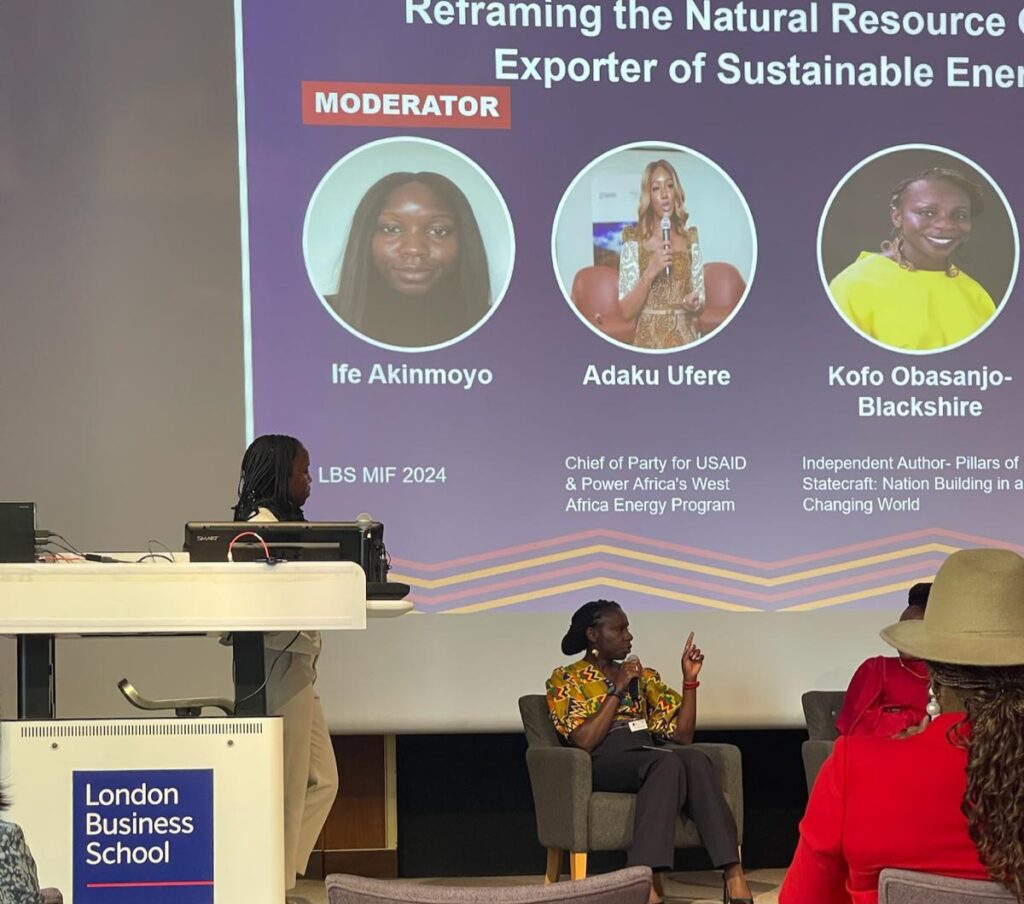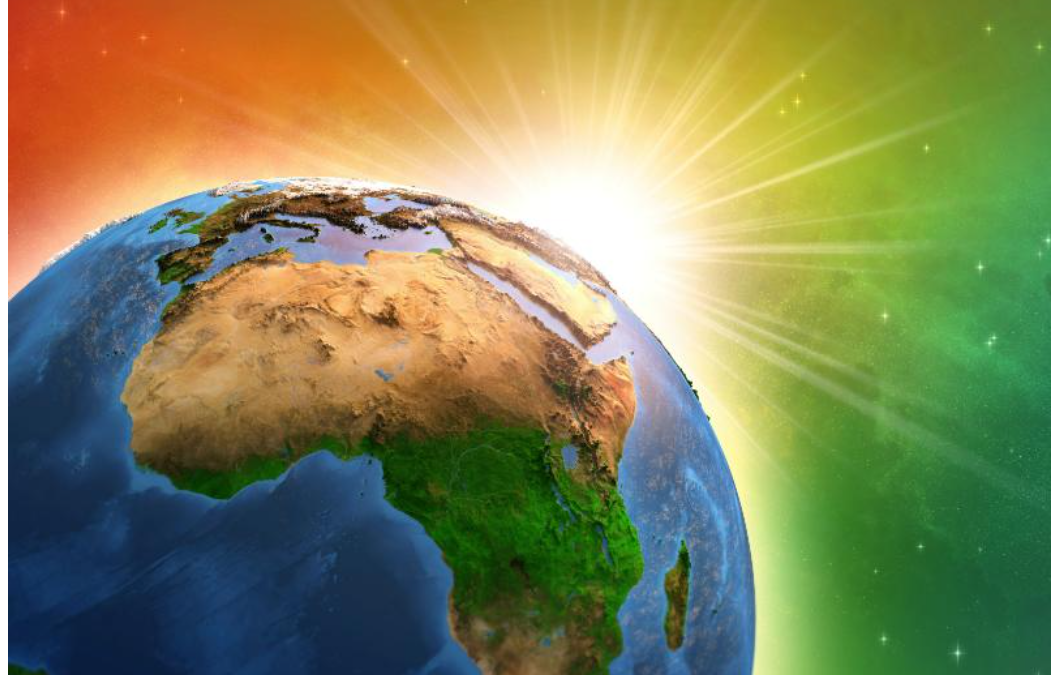I had the pleasure of speaking at the Africa Business Summit hosted by the Africa Club at the London Business School on the 29th of June. The Energy Panel discussed ‘Reframing the natural resource curse: Africa as an exporter of sustainable energy resources’.

A continent with a significant consumer base of an estimated 1.4 billion, a combined GDP valued at US $3.4 trillion and major source of critical minerals needed to provide clean energy solutions, Africa is uniquely poised for transformation into a formidable geopolitical presence.
Historically, Africa has been at the bottom of the value chain, its rich resources developed to meet Western demands, creating a dependence upon markets thousands of miles away. Under ‘Western command’ through colonisation, the supply and demand of Africa’s commodities was regulated primarily to serve Western interests. ‘Free trade’ simply meant freedom for the most powerful to impose their will on the rest.
Decades after independence, many sub-Saharan African countries remain plagued by the resource curse as its natural resources paradoxically condemn it to economic retardation, Dutch disease, decaying infrastructure, conflict, corruption and a revolving door of deficient leaders whose hunger for power replaces duty to their people with a desire to feather their nests, fill their pockets and fatten themselves. Africa’s vast resources are being exploited this time, not by an external imperial overlord, but by those with the mandate to govern with equity, fairness and justice.
Most sub-Saharan African countries export critical minerals primarily in their raw form, which tend to be lower value added than processing activities. The economic disparity is evident in a simple market value comparison: raw bauxite fetches a modest $65 per ton, whereas its processed counterpart, aluminium, commands a mighty $2,335 per ton as of end 2023. The Democratic Republic of the Congo, which holds an estimated 60% of the world’s known reserves of cobalt, and accounts for 74% of global cobalt mining, sends 97% of its cobalt exports, mostly unprocessed, to China. This presents a jarring contrast against China and Indonesia, who have prioritized mineral processing for higher economic returns. This type of diversification protects countries from various economic challenges including the financial instability commonly linked to dependency on raw commodity exports.
With the climate change emergency driving the global decarbonisation impulse, there is a scramble for critical minerals vital for transforming the energy system and developing low-emission technologies. Sub-Saharan Africa is estimated to hold about 30 percent of the volume of proven critical mineral reserves, which if managed properly, has the potential to transform the continent (low investment in mining exploration in Africa means that the current publicly known values of green minerals may just be the tip of the iceberg). Demand for nickel will double, cobalt triple and lithium rise tenfold as mineral-hungry electric (EV) vehicle battery production, renewable power generation (solar panels, wind turbines) integral to the energy transition drive the scramble for extraction of critical ‘clean energy’ minerals. According to the International Energy Agency (IEA), whereas the extraction of select minerals could boost the region’s GDP by 12 percent or more by 2050, advancing beyond exporting raw materials to developing processing industries presents an even larger opportunity.
Success will depend on regional cooperation and integration. The African Continental Free Trade Area (AfCTA) can play a key role in this, creating the world’s largest free trade zone connecting 1.4 billion consumers across 55 countries, uniting fragmented mineral markets for larger-scale operations, building regional value chains that harness both raw and processed mineral inputs. Reducing trade barriers and improving connectivity through infrastructure development are crucial to facilitate the sourcing of various components from different countries. The primary aims of AfCTA are to deepen economic integration in Africa by increasing the easy, cheap flow of goods and services between countries, boosting cross-country investments, removing trade barriers, and advancing open visa policies. Harmonised policies that improve cross-border collaboration and integration strategy create a larger, more attractive regional market for much needed investment and are also essential to fully leverage the diversity of critical minerals—clean energy technology requires combining multiple minerals scattered across the region.
Complementing these with structural reforms at the country level to nurture domestic firms in processing and supporting industries, and greening the economy from the ground up with national policies that introduce green skills at the core of young people’s education, employment and everyday lives will address issues like shortage of training opportunities and consequent limited talent pools, amplifying the gains from these minerals.
Pivoting from exporting raw materials to developing processing industries presents opportunities to capture more value-added benefits, including circularity. From an end-to-end supply chain perspective, the traditional linear business model of minerals extraction, manufacture and disposal are no longer compatible with sustainability objectives and regulatory requirements. Unlike oil, which is combusted on an ongoing basis, minerals and metals are permanent materials that can be reused and recycled continuously with the right infrastructure and technologies in place, expanding the opportunities for economic diversification and reducing the need to mine critical minerals. Compared with oil, this offers an additional lever to ensure reliable supplies of minerals by keeping them in circulation as long as possible. For example, cobalt from 300 smart phones can provide enough metal for one EV battery. End-to-end thinking and strategies that incorporate and integrate circular value chains and business models into the entire system: from extraction to processing & manufacturing to end-of-life i.e. recovery and recycling will ensure that we learn the lessons of the past.

